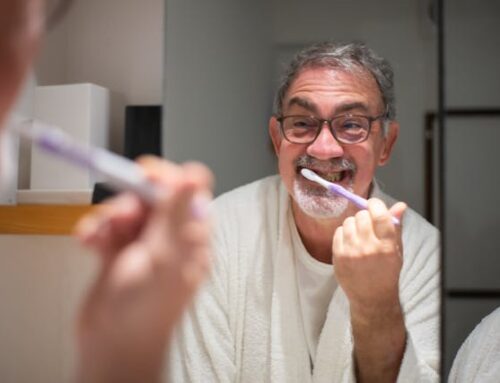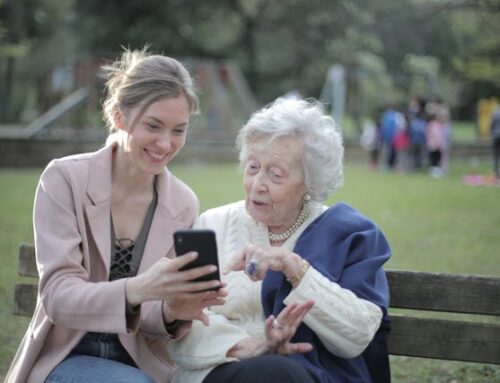 Daylight Saving Time was created to save on energy consumption. Like most of the research out there, we will find some studies showing that Daylight Saving helped, whereas other studies showing it didn’t. Which studies are we to believe?
Daylight Saving Time was created to save on energy consumption. Like most of the research out there, we will find some studies showing that Daylight Saving helped, whereas other studies showing it didn’t. Which studies are we to believe?
I have read on the internet that the change in time has helped the reduction of lighting costs, but has increased the cost of heating and cooling. The idea was to save money by shifting the daylight hours to the end of the day, but energy consumption merely shifted from the morning to the evening hours.
Advancements in technology are far more effective on energy efficiency then changing the time. Over the past decade there have been massive breakthroughs in the area of energy conservation. If we are able to save on energy efficiency without the need to change the clocks twice a year, then let’s just keep time where it is.
Is Daylight Saving Time Healthy?
The health effects are slightly more profound in the spring than they are in the fall. Either way, the change in time disrupts our sleep patterns. Changing times could effect our workout routines, work schedules, or even quiet time.
Changing the clocks ahead in the spring has led to an increase rate of heart attacks and fatal car accidents. Once the change has been implemented, quality of life scores also drop. People just feel “tired” all the time. Statistics also show losses in the stock market following the change.
There has been a movement across America to abolish Daylight Saving Time. Until then, we will have to adjust our sleep patterns and optimize our health in other ways. If you really don’t like changing your clocks, you could always move to Arizona or Hawaii because they don’t participate in Daylight Saving Time.
Dr Spencer Charlet
Mooresville Chiropractor
704-663-7625






